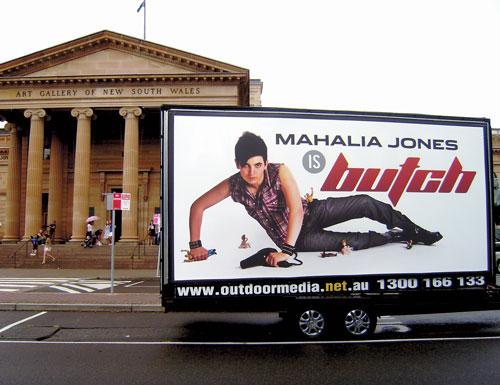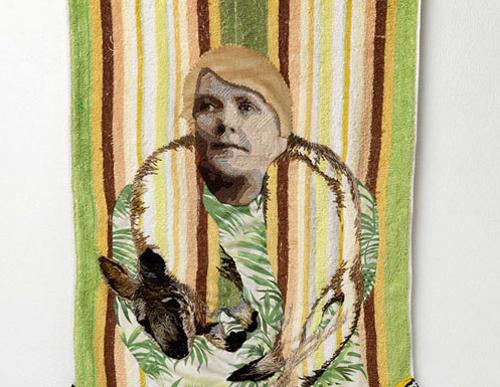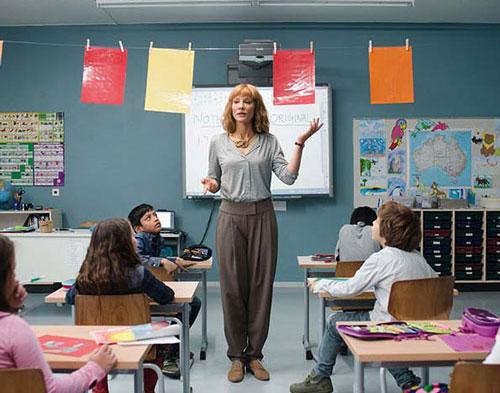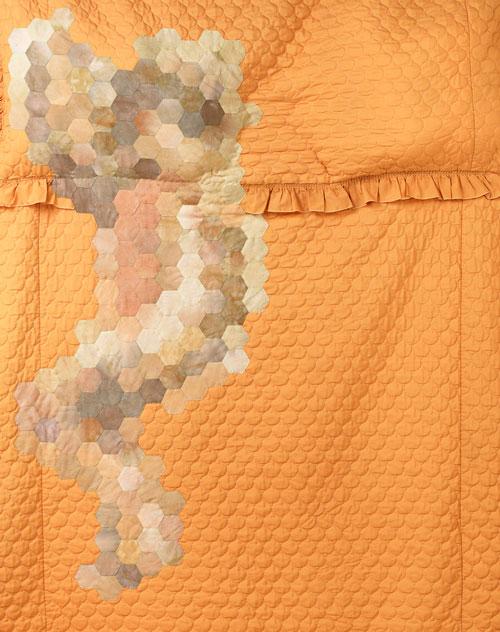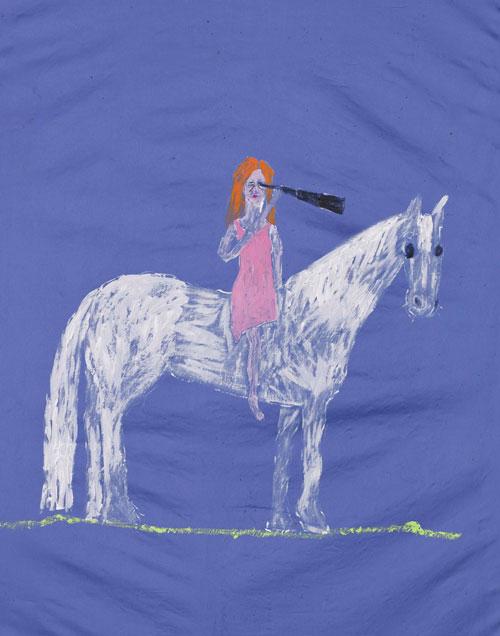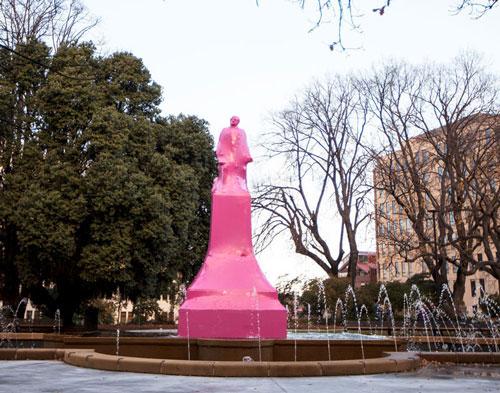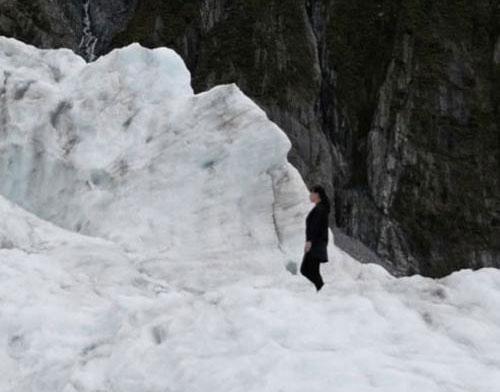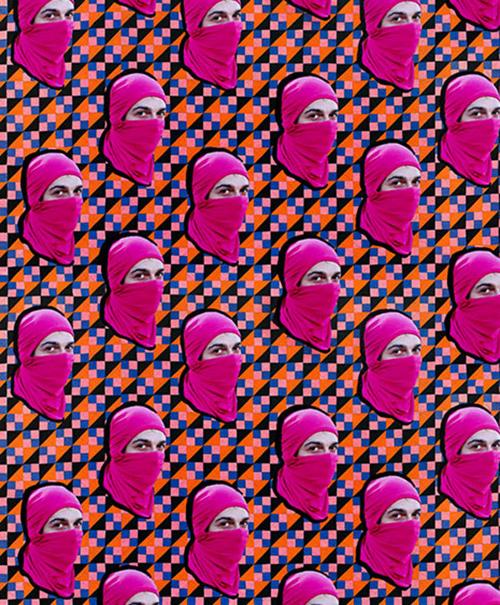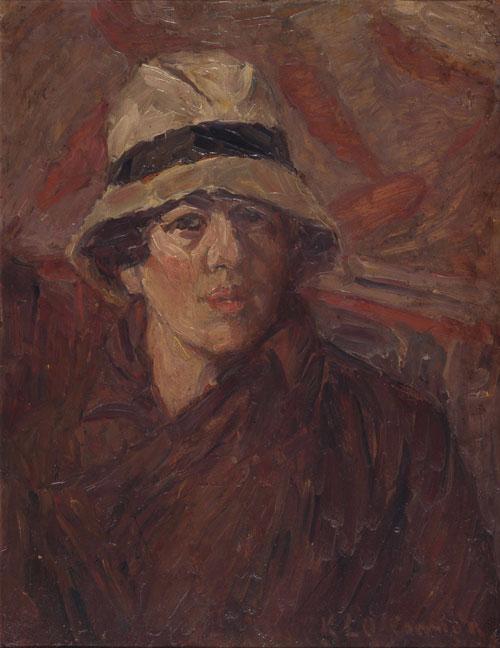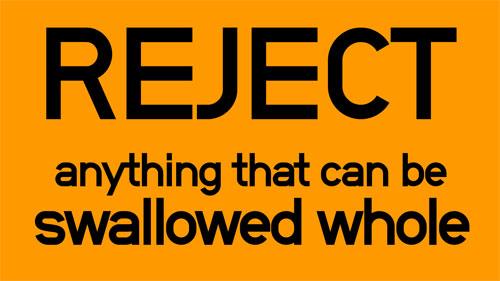The Maternal Line: Justine Varga
Justine Varga’s photograph Maternal Line won this year’s Olive Cotton Award for Photographic Portraiture. The biannual prize is named after one of Australia’s most widely recognised modernist photographers, and to date six of its nine recipients have been women. This is not to suggest that the prize necessarily sets out to support or promote the work of women photographers, but in name and achievement the Olive Cotton Award is doing precisely that. Cotton would have been pleased with this: during the 1930s, she actively encouraged women to take up photography, advocated for photography’s capacity to account for their viewpoints and experiences, and argued that women were as capable of good photography as men.

